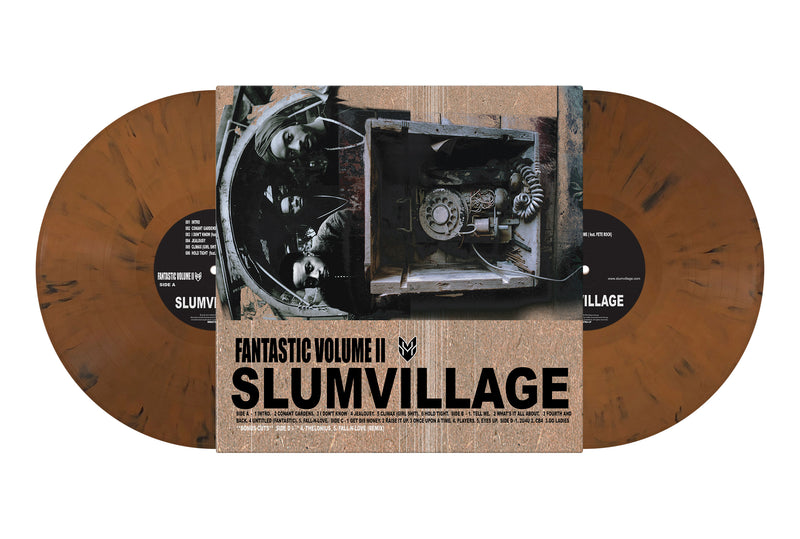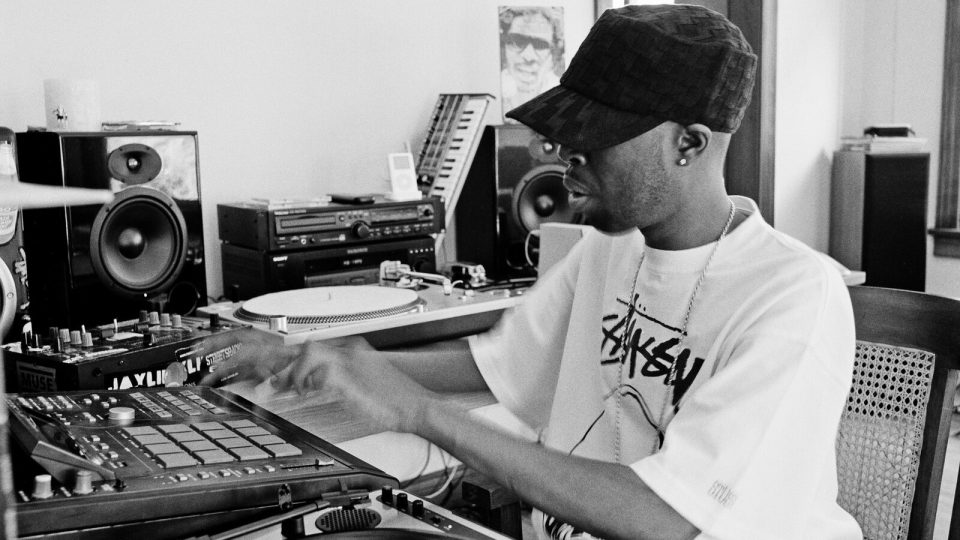The Dilla Swing – How One Producer Humanised the Sound of Hip-Hop
The late great J Dilla stands out as one of the most transformative hip-hop producers of the past 30 years. He single-handedly reshaped the genre and helped redefine the Boom Bap style. His innovative approach has also left a profound mark on other genres like Lo-fi, R&B, and contemporary jazz. At the heart of his legacy lies one defining element: his loose, heavily swung timing, often referred to as the “Dilla Swing.”
In this blog, we’ll explore this revolutionary rhythmic style and why it continues to inspire musicians to this day.
A Brief Dilla History
J Dilla, born James Dewitt Yancey in 1974 in Detroit, Michigan, began to gain prominence in the mid-1990s. He came from a musical family with his mother being an Opera singer and his father playing Jazz bass. Dilla’s breakthrough came as the producer behind the seminal group Slum Village. While Slum Villages’ debut LP was dogged with setbacks word soon spread of its innovative production. His talent soon caught the attention of hip-hop heavyweights, including Q-Tip of A Tribe Called Quest, with whom he co-founded the production collective The Ummah along with fellow Quester Ali Shaheed Muhammad. As a collective, they produced iconic tracks for artists like A Tribe Called Quest, The Pharcyde, and De La Soul to name but a few. Despite battling lupus and a rare blood disease, Dilla remained prolific, releasing his seminal album Donuts just days before his untimely death in 2006 at the age of 32.

The 90’s Hip Hop Drum Landscape
Hip-hop in the 1990s experienced a seismic evolution, driven in large part by advancements in music technology that made sampling more accessible. Drum machine samplers like the Emulator SP1200 and Akai MPCs dominated the era, enabling producers to craft entire tracks using obscure, dusty samples.
Early in the decade, drum patterns were typically tight and rhythmically straightforward, with grooves emerging primarily from melodic loops and chops. Beats were often heavily quantized, giving them a steady and rigid feel. Any swing was confined to carefully programmed but still quantized kick drum paradiddles. This precise and predictable style, however, was about to be revolutionized by what would soon be known as the “Dilla Swing”.
A Brand New Sound – Before And After The Dilla Swing
Sample manipulation had become increasingly sophisticated by the mid-90s, with producers like Pete Rock and DJ Premier setting the standard. Even live groups like The Roots were emulating the boom bap sound, keeping their rhythms formulaically tight and precise.
While much of J Dilla’s early production adhered closely to this rigid template, glimpses of a new rhythmic direction were evident as early as tracks like Slum Village’s “Untitled/Fantastic,” which featured a loose, slightly off-kilter drum pattern. By the time Dilla joined the Soulquarian production collective to work on D’Angelo’s Voodoo, he had fully refined his signature swaggering, loose swing.

Fellow Soulquarian and drummer Questlove initially struggled to adapt to this unorthodox approach. He has recounted in interviews how he first encountered Dilla’s beats while leaving a show in Detroit. As he and The Roots departed the parking lot, he was struck by what sounded like drunken, out-of-time drum patterns booming from a nearby car stereo. Intrigued, Questlove investigated and discovered the groundbreaking style that would go on to inspire him. Over time, Questlove evolved his drumming to incorporate Dilla’s unique approach, characterized by slightly rushed snares and loose, “sloppy” kicks—a style Questlove famously dubbed “Dilla’s Mutant Swing.”
Dilla and the Legacy of the Akai MPC 3000
One of the defining elements of Dilla’s sound was his weapon of choice: the Akai MPC 3000. He truly mastered this machine and made it his own, becoming probably the most iconic MPC user ever. Originally designed as a MIDI production centre with a powerful sequencing engine, the MPC 3000 was the brainchild of the legendary Roger Linn, known for his work on the Linn Drum. It featured unique swing functionality and allowed for programming without strict quantization. It offered more rhythmic flexibility than its competitor, the SP1200, due to its higher clock rate and more detailed timing.
Dilla made full use of these features, combining the swing functions with unquantized playing. While there is still some debate over his exact methods, it’s widely agreed that many of his beats started with a subtle swing (aprox 53%-56%) applied to the eighth notes, creating that signature off-kilter rushed snare, dragged hat groove.
Dilla’s Inspiration
What inspired Dilla to break away from the conventional, rigid timings of other productions of his era? According to Dan Charnas’ book Dilla Time, the answer comes from an unlikely source. Growing up, James Yancey was captivated by the 1977 TV movie A Piece of the Action. In the film’s final scene, a house party unfolds to the sound of the title track performed by Curtis Mayfield and The Staple Singers. What stood out to Dilla was the staggered, offbeat clapping during the scene. The unorthodox rhythm created a unique groove that sparked an epiphany for Dilla, planting the seeds for the groundbreaking timing that would later define his signature style. And, as they say, the rest is history.
The Legacy
J Dilla first introduced his heavily swung and humanized drum patterns in the late ’90s, and their impact is still profoundly felt today. Once producers adjusted to the unconventional looseness of his rhythms, many began incorporating them into their own work. Hip-hop and R&B producers were among the first to adapt to Dilla’s groundbreaking approach, with artists like 9th Wonder, Jazzy Jeff, De La Soul, and his collaborator Madlib venturing off the traditional beat grid. The influence then extended to lofi hip-hop, a laid-back, nostalgically jazzy genre where Dilla’s swing became a defining hallmark. Dilla’s contributions to neo-soul also left a lasting impression, with artists like Erykah Badu and Musiq Soulchild performing over programming unmistakably inspired by his signature style.
Given Dilla’s deep love for and skillful use of jazz samples, it’s no surprise that his influence carried into the work of contemporary jazz musicians. Artists like Robert Glasper and Chris Dave and the Drumhedz prominently infuse Dilla’s swing into their music, blending jazz improvisation with the rhythmic looseness he pioneered.
“Dilla Swing” – An Antidote to Trap
As trap emerged in the early 2000s, with its mechanically rigid 808s and sharp, robotic patterns, a stark contrast was drawn between trap’s hyper-quantized rhythms and Dilla’s organic, humanized grooves. Dilla’s swing became a natural counterpoint to trap’s precision, embraced by those seeking more fluid, soulful rhythms. It is therefore possible that Dilla’s humanized approach flourished as a backlash against the proliferation of Trap within Rap, RnB and Pop.
And possibly aided by this stark contrast, Dilla’s legacy has only grown since his untimely death in 2006. More than almost any producer of his time, Dilla’s innovations continue to inspire a new generation of musicians and beatmakers. His influence ensures that the world of music remains a groovier, more expressive place.
Conclusion
Eighteen years after his passing, J Dilla’s influence remains as resonant as ever. Not only did he inspire an entire generation of producers and even new genres, but his back catalogue of productions has become highly coveted and revered.
Like many iconic artists, it was only after his death that the full extent of his genius was widely recognized. Albums like Donuts have achieved cult classic status, resonating with fans far beyond the boundaries of hip-hop.
From his humanized timing to his innovative and eclectic sample choices, it’s no exaggeration to say that J Dilla was one of the most transformative producers in modern music history. Something we feel should be acknowledged and celebrated.

Remember – RouteNote Create subscriptions start from as little as $2.99. You also get 10 FREE credits to spend on samples along with access to our FREE sample pack bundle when you sign-up!
